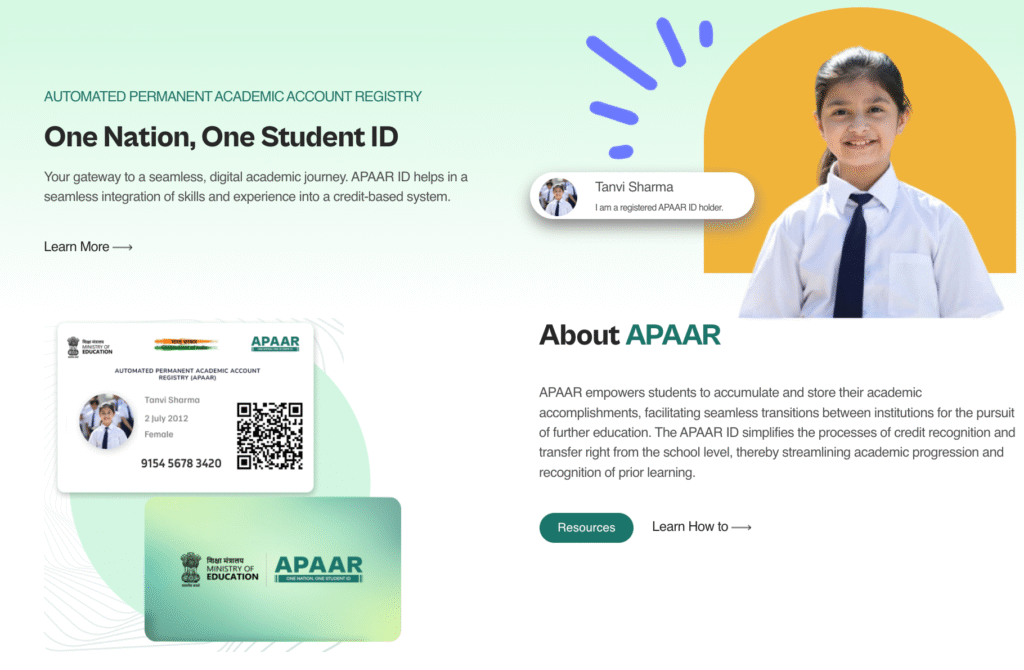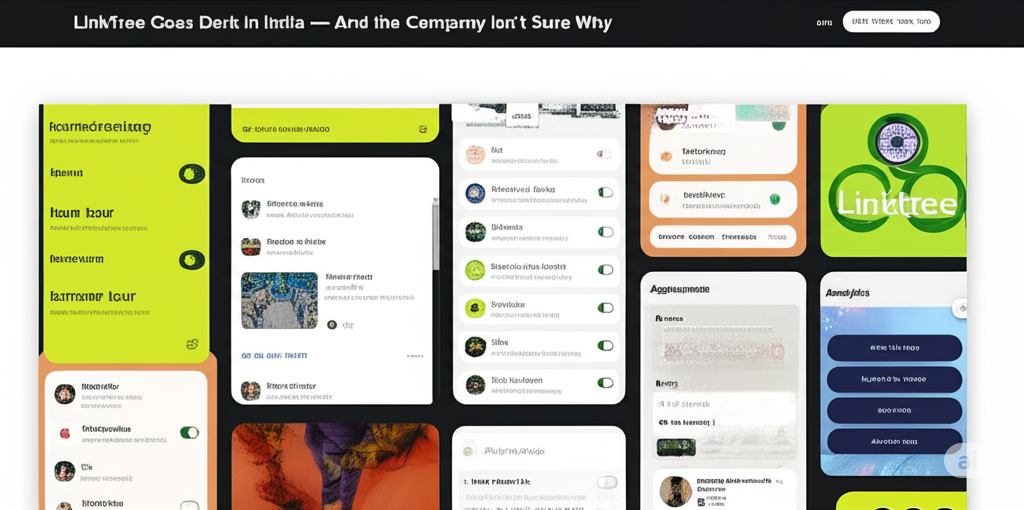Your Complete Guide to Building a Career in AI and Tech
The world of Artificial Intelligence and Technology is booming like never before. Every day, we see new innovations that change how we work, communicate,...
Read More →
The world of Artificial Intelligence and Technology is booming like never before. Every day, we see new innovations that change how we work, communicate,...
Read More →
The Indian gaming ecosystem is experiencing seismic shifts as major startups begin shuttering operations following the passage of comprehensive gaming legislation. The Promotion and...
Read More →
OpenAI is making significant moves in the Indian market with the announcement of its first office in the country. The AI giant plans to...
Read More →
If you run a business, ranking on Google is no longer optional—it’s a necessity. Whether you own a local store, an e-commerce site, or...
Read More →
The AI landscape is experiencing a seismic shift. While chatbots dominated headlines throughout 2023 and early 2024, a new paradigm is emerging that promises...
Read More →In the ever-evolving world of software development, few technologies have revolutionized how we build, ship, and run applications quite like Docker. If you’ve been...
Read More →
Why is an APAAR ID important?Every student needs an APAAR ID because it helps you get important services and resources related to your studies....
Read More →
India’s tech landscape is buzzing with AI innovation, but not every story is about success. Recently, Dhrub Rathi’s ambitious AI startup “AI Fiesta” faced...
Read More →
WhatsApp Web is a lifesaver when you want to manage chats directly from your computer. But sometimes, even with a strong internet connection, the...
Read More →
A Costly Reversal In a shocking turn of events, the Pentagon has canceled two nearly completed human resources software projects—one for the Air Force...
Read More →
OpenAI has just made artificial intelligence more accessible than ever before with the launch of ChatGPT Go, a revolutionary new subscription plan designed specifically...
Read More →
In the rapidly evolving world of artificial intelligence, accessing premium AI tools often means juggling multiple subscriptions, remembering different passwords, and switching between countless...
Read More →
Over the past week, Linktree — the popular “link-in-bio” service used by millions of creators, small businesses, and organizations — suddenly became inaccessible across...
Read More →